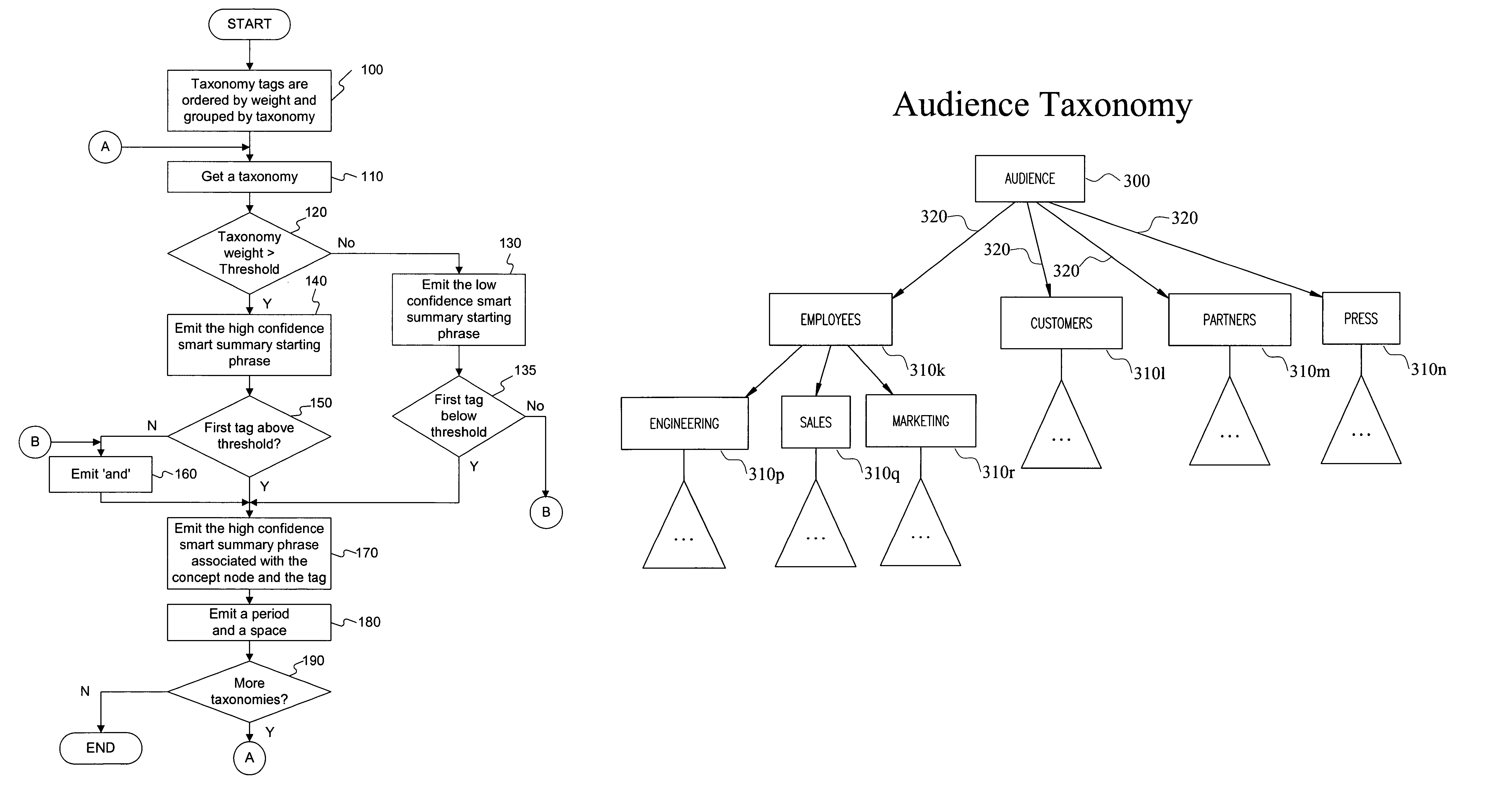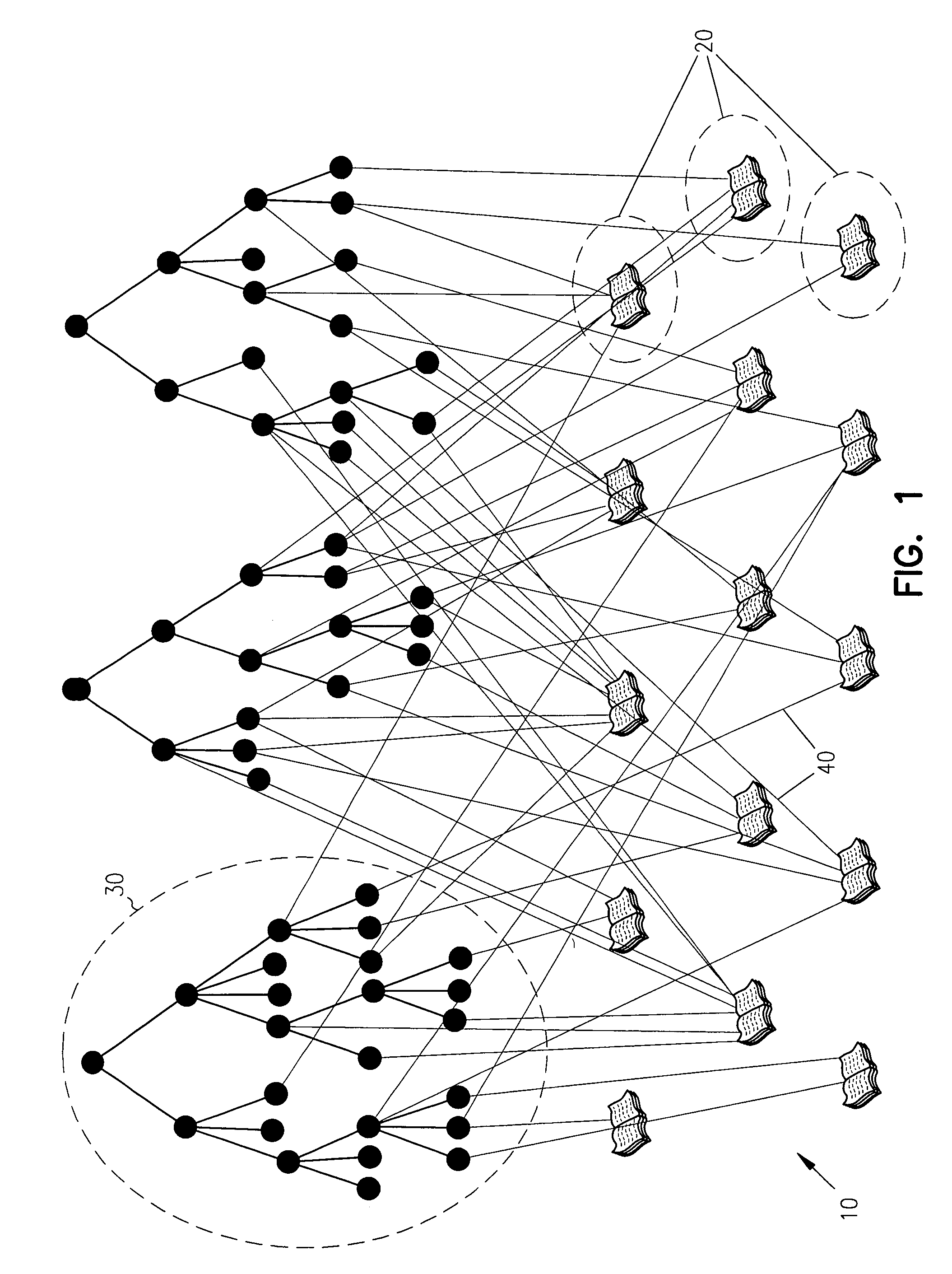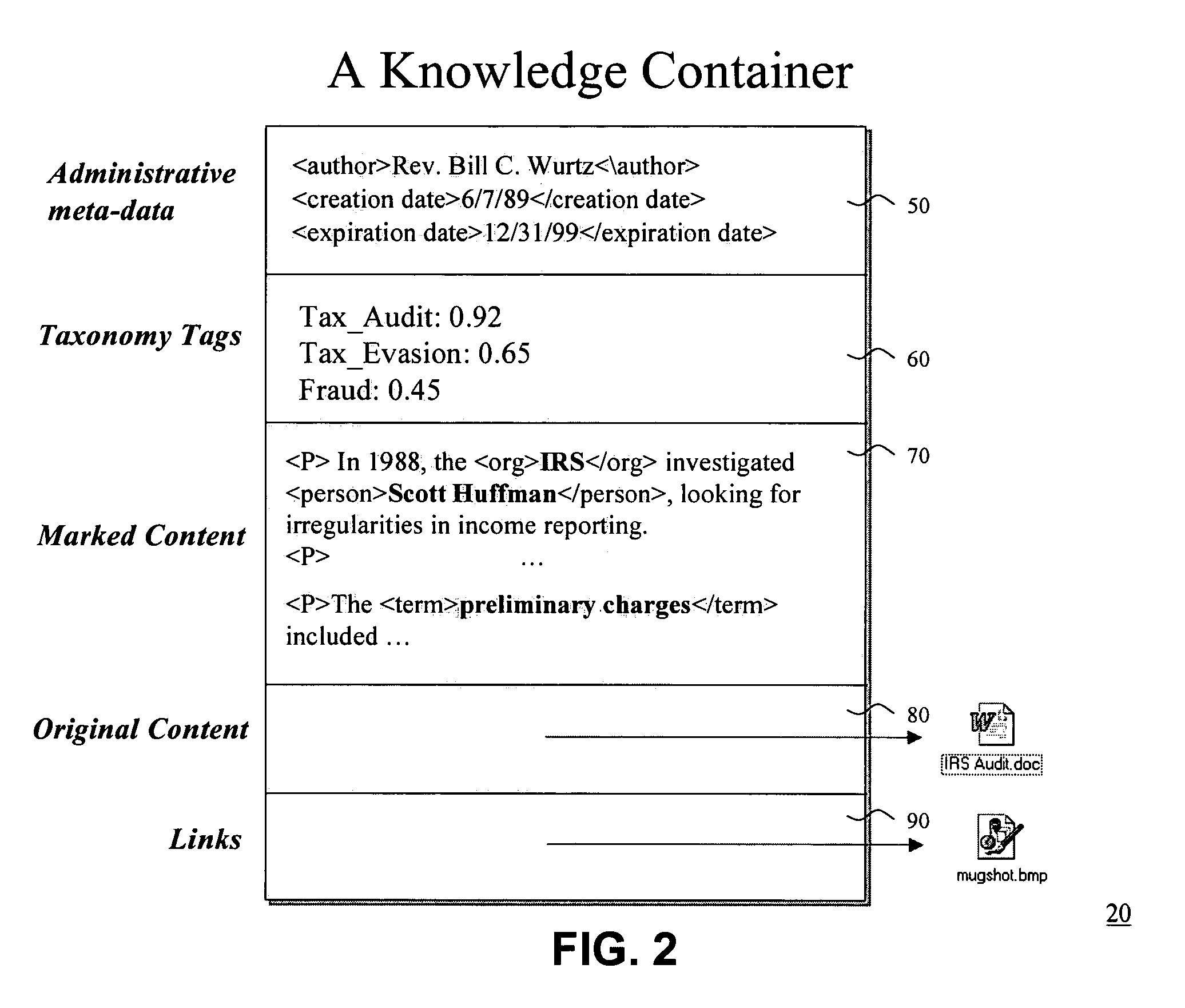System and method for implementing a knowledge management system
a knowledge management system and knowledge management technology, applied in the field of knowledge management systems, can solve the problems of time-consuming and expensive training, few customer service representatives possess the skills necessary to assist customers, and the inability to provide customer service representatives with the knowledge necessary to adequately serve customers, etc., to achieve a faster and relevant response.
- Summary
- Abstract
- Description
- Claims
- Application Information
AI Technical Summary
Benefits of technology
Problems solved by technology
Method used
Image
Examples
Embodiment Construction
[0036]In the following detailed description of the preferred embodiment, reference is made to the accompanying drawings that form a part thereof, and in which is shown by way of illustration a specific embodiment in which the invention may be practiced. This embodiment is described in sufficient detail to enable those skilled in the art to practice the invention and it is to be understood that other embodiments may be utilized and that structural changes may be made without departing from the scope of the present invention. The following detailed description is, therefore, not to be taken in a limited sense.
[0037]A system in accordance with the present invention is directed to a system (generically, an “e-service portal”) and method for the delivery of information resources including electronic content (documents, online communities, software applications, etc.) and physical sources (experts within the company, other customers, etc.) to end-users.
[0038]Turning first to the nomenclat...
PUM
 Login to View More
Login to View More Abstract
Description
Claims
Application Information
 Login to View More
Login to View More - R&D
- Intellectual Property
- Life Sciences
- Materials
- Tech Scout
- Unparalleled Data Quality
- Higher Quality Content
- 60% Fewer Hallucinations
Browse by: Latest US Patents, China's latest patents, Technical Efficacy Thesaurus, Application Domain, Technology Topic, Popular Technical Reports.
© 2025 PatSnap. All rights reserved.Legal|Privacy policy|Modern Slavery Act Transparency Statement|Sitemap|About US| Contact US: help@patsnap.com



